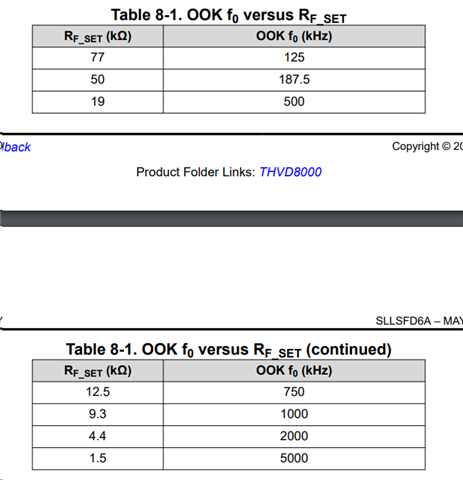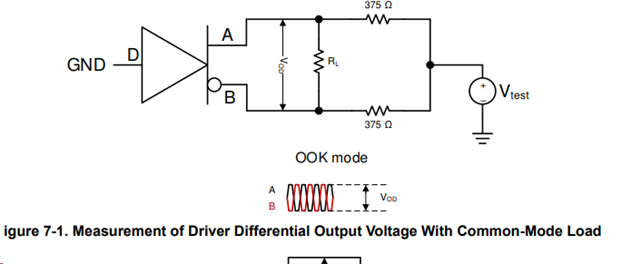I have purchased THVD8000 samples through MOUSER on-line.
So, I tried to do the measurement by Fig.7-1 of THVD800 datasheet for checking OOK mode.
But, I could not see the waveform of OOK signal on the oscilloscope.
Please explain the method in detail and let me know the check point.
Thanks,
Greg




